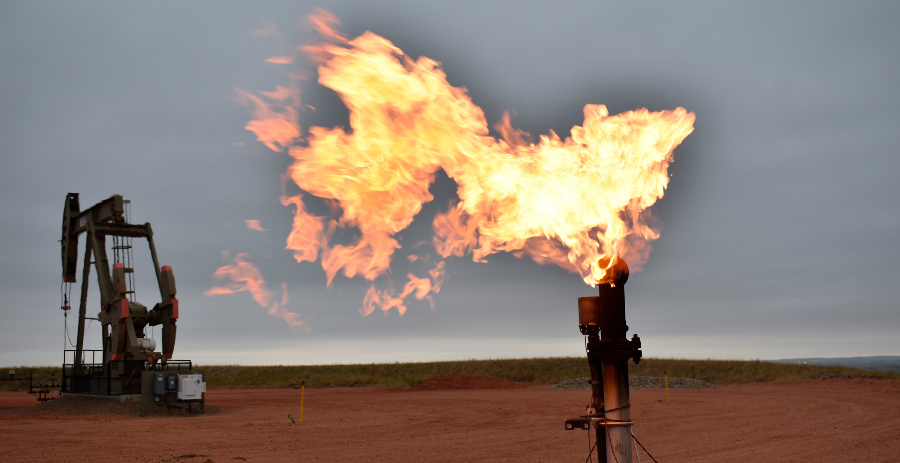brackish water
Unveiling Arizona’s ‘Hidden Ocean’: How Oil Companies Could Help Solve Our Water Crisis

In a groundbreaking report by the United States Geological Survey in 2018, Arizona was identified as home to an estimated 680 million acre-feet of brackish water, a volume equivalent to the state’s water consumption over a century. This vast resource is buried between 500 and 1,500 feet underground, remnants of a time when an ocean enveloped what is now Arizona.
Brackish water is characterized by its salinity, which is higher than that of fresh water but lower than seawater. Found in geological layers beneath freshwater sources, it remains immiscible with the latter. Harvesting brackish water for desalination is also far more economical—it costs about 50% less than treating seawater. Arizona’s Yuma desalinization plant stands largely underutilized, while a massive atomic reactor near Phoenix has the capability to convert brackish water into a drinkable form. The state may explore the development of additional desalinization facilities.
Untreated brackish water offers various industrial applications, such as in power generation, fire control, and even specific irrigation methods. Its use can support endangered species that thrive in brackish environments, contributing significantly to the ecological balance of coastal ecosystems. Beyond that, it can aid aquaculture, mining, and cooling processes, and its mineral content may be harnessed for technologies like solar panels and hydrogen fuel cells.
During oil and gas extraction, large quantities of brackish water surface, remnants from ancient seas. Presently, there are approximately one million petroleum wells in the United States, which together produce around 58 million barrels of brackish water daily, equating to about 7,800 acre-feet.
For petroleum companies, brackish water often presents a disposal challenge. It is typically trucked to disposal wells that have been drained of hydrocarbons. This disposal process could be transformed if Arizona offered a method for these companies to transport their excess brackish water through existing national pipelines, potentially alleviating the burden on the petroleum industry while providing Arizona with a new water resource.
Despite the numerous potential applications of untreated brackish water, Arizona faces a pressing need for potable drinking water. The state must consider cost-effective methods for desalination, of which four primary techniques exist:
- Reverse Osmosis: Utilizes a membrane to filter out salt.
- Electrodialysis: Employs electrified membranes for salt removal.
- Ion Exchange: Uses an electrified resin to extract salt.
- Distillation: Involves boiling brackish water to collect freshwater condensate.
The salt recovered from these desalination processes could be marketed internationally, representing a potential $34 billion yearly industry. Such revenue could assist Arizona in addressing budget shortfalls and funding public infrastructure needs.
An upcoming vote by the Arizona Legislature will determine the extent to which the state should invest in researching the viability of brackish water as a partial solution to its water crisis. The hope is that this decision will be informed and judicious, incorporating brackish water as an essential component of the state’s water management strategy.
Kevin Blake, a psychologist based in Tucson, draws from years of experience managing a family oil and gas operation in Oklahoma while advocating for sustainable resource management.


















